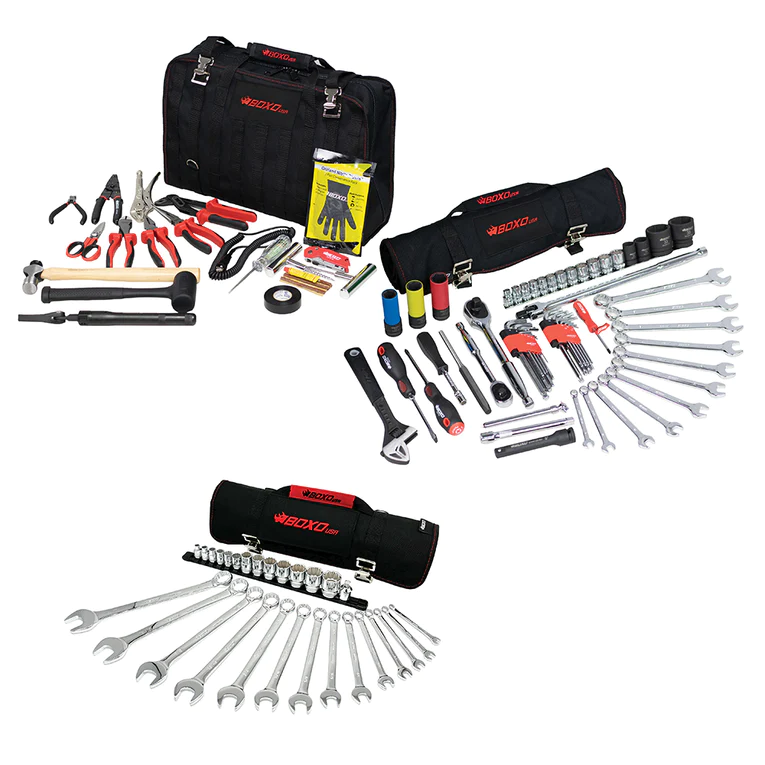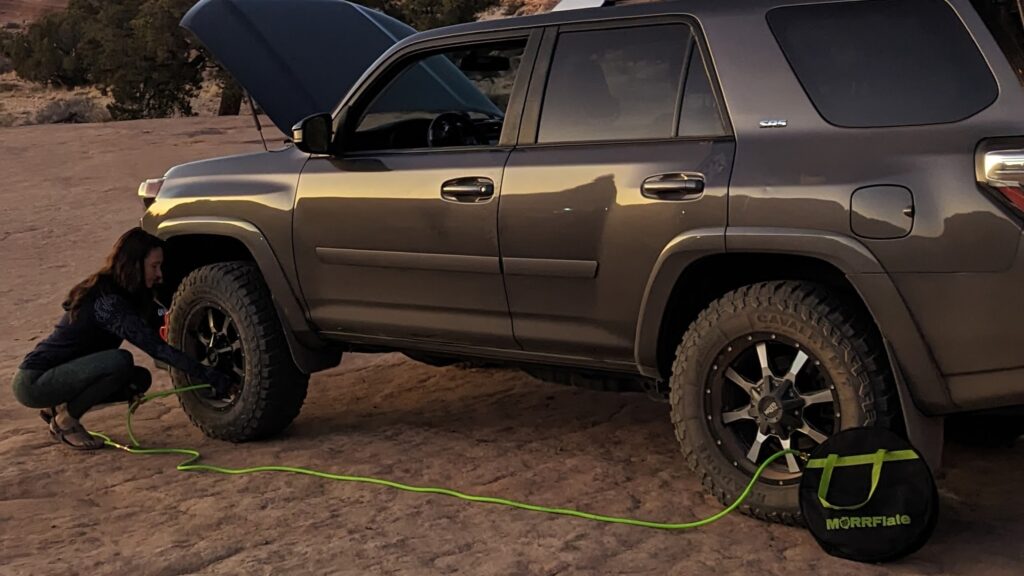Houserock Valley Road
Offroading to the Wave AZ
Be aware that depending on the weather and road conditions, just getting to Wave Trailhead can be your first Adventure!
Driving to the Wave
Things to Know
Whether you are coming from Page or Kanab you will need to drive down House Rock Valley road to get to the trailhead. This road is an incredibly picturesque 20 mile drive that connects Highway 89 to 89a. In addition to the Wave in Coyote Buttes North, House Rock Valley is also the main access point to Coyote Buttes South, White Pocket, the Arizona Trail and numerous other unnamed formations.
House Rock Valley (HRV) is unpaved and sporadically maintained. Conditions can change from day to day, depending on rain, temperature, and time of day. In great conditions it is not unusual to see rental sedans successfully make it the 8 miles to the trailhead parking lot for the Wave. In bad conditions, it can be nearly impassable without high clearance, 4wd off-road vehicles.
It is important to make sure you have the most current conditions, which can be obtained by either calling the two orientation sites in Page or Kanab, or looking through recent posts in the Wave, AZ forum on facebook.
If conditions are not ideal for your vehicle, you should strongly consider renting an off-road vehicle or hiring a guide.
Off-Road Basics
Download maps. A good GPS software and gps tracks will greatly increase your chances of making it to the Wave. A surprising number of people that win the permit never make it, because they get turned around. We recommend downloading Gaia GPS. Use this link for a $8 discount. https://www.gaiagps.com/discounts/?fp_ref=gcmvp
GPS tracks can be downloaded from the app, but you can choose from a couple depending on if you want to see other sites in Coyote Buttes, or just want a straight shot to the Wave and back.
Know your vehicle and its operation. Take a look at your clearance, finding your jack points, making sure your jack is in the vehicle as well as the spare and how to operate and access both.
Use a spotter. There is only really one stop that causes clearance issues, which is when you cross the Buckskin. It is often flowing with a few inches of water, but can be a few feet after a rain. The water carves out the sides, and you might want to have a spotter check your clearance to make sure you don’t leave a bumper behind.
Bring recovery gear. Things go wrong! Probably the most basic items you need for recovery would be a shovel and traction boards for self recovery, and tow straps / snatch straps for recovering others (or getting help from under equipped helpful strangers.) Do you need to have a full set of tools? Probably not, but fortune favors the prepared. A basic mechanics set will serve you well, or you could go big with probably the best off-road tool set out there, the BoxoUSA Off Road Tool Bag and SAE Tool Roll Combo – 108 Piece Tool Set

Airing Down. By far the easiest way to increase your vehicle’s capability offroad is to choose the correct PSI for your tires. This is the first step before getting aggressive tires or off-road suspension (although those will be really helpful if you choose more technical routes.) Airing down your tires increases the traction by increasing the footprint of your tire, allowing it have more surface area contact with the ground. It also allows your tire to deform around objects like rocks and branches. Imagine pushing a fully inflated balloon against a rock, vs doing the same with a half deflated balloon. The correct psi for your vehicle will depend on your wheels, tires, and the conditions, but for dirt and sand a good starting point is 15-18 psi. If you’re in a rental car, you should read the fine print, but more than likely it says you’re not supposed to be off pavement anyways.

There a number of ways to air down your tires, but a quick list would include pressing the valves with a stick, using a valve stem remover like the ARB EZ-deflator, or our recommendation, the MORRFLATE multi-tire deflation system. While removing the valve stem might be faster for doing one tire, when you factor in the fact that you can deflate all four tires at the same time, can be standing while you do so, and all the tires are automatically equalized there is no contest which is the most convenient option
Time of Day. This is one that many visitors don’t factor in. During the worst times HRV is a muddy slippery mess. This gets worse as the day goes on. If you can’t make it out and don’t want to send hundreds to sometimes over a thousand on a towing bill, try waiting it out until morning and waiting for the ground to re-freeze or harden as the night cools down.
Have a towing company phone number. But just in case, keep a towing company phone number handy. Try Sh!tbox Towing out of Page, AZ (928.614.9028)
Airing up. The downside to airing down is you need to air up before getting back on the pavement. You can drive for short distances on lower psi without damaging your tires, but the closest gas stations with air are in Kanab or Page. If you can, bring a 12v air compressor, a cheap one will work but you may be there for over an hour, or you could do it in under 10 minutes with the portable ARB dual air compressor. This pairs really well with the multi-tire inflation system. Although many high end compressors like the ARB can push out more than 5 cfm, the inflation is limited by the valve stems which can only accept about half that volume. This causes back pressure which is harder on the compressor.
Cleaning your vehicle. If you wind up doing HRV on a regular sunny dusty day a simple car wash will do, but if you wind up driving through the worst days with clay and mud you need to be more thoughtful. The mud dries and hardens, and as it does so it sucks moisture out of gaskets and rubber pieces. Taking care to get the mud off in a timely manner will save you from having to go under the vehicle to blast off mud inch by inch. You can also pre-treat your undercarriage with a spray like Mud Slide to mostly keep the dirt from sticking.
How to Drive. On dirt you need to reduce your speed, your traction and stopping distance will be worse than on paved roads. This is especially true on turns. If there is mud or snow, you need to keep a steady safe speed. Avoid coming to a stop if possible, as this can lead to the vehicle bogging down. Try to keep your momentum going until you find harder or flatter ground if you need to allow a vehicle to pass or if you are moving over for oncoming traffic.
Any questions, comment below!
